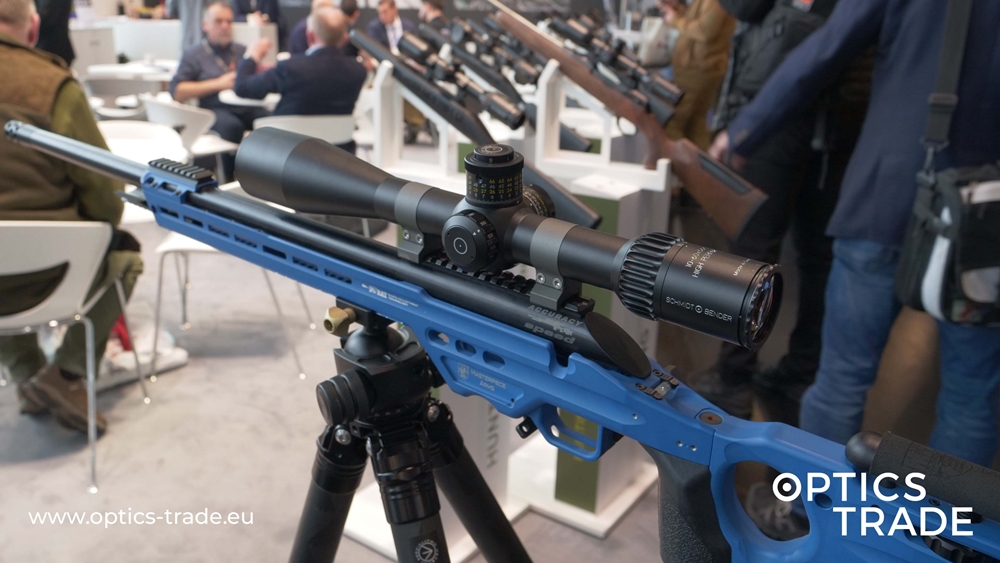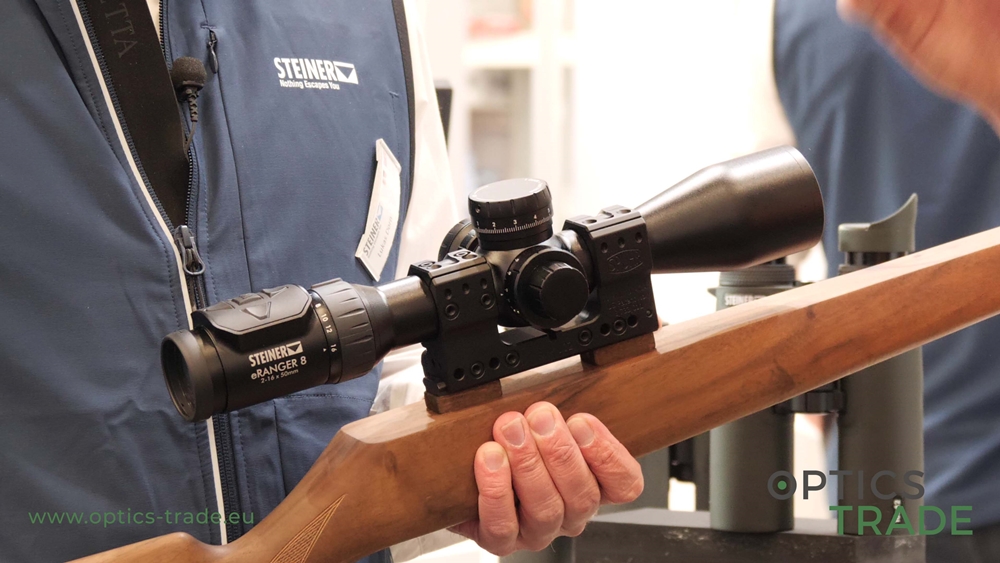Hello and welcome to another episode of Optics Trade Debates video. We continue on our path of going through and explaining all the product categories that are currently available on our webpage. Today’s focus is on one of the subcategories of mounts, namely on fixed mounts.
Mounts can be either fixed or detachable, this is one of their most basic features. Definitions of how to aptly describe fixed mounts slightly differ from one manufacturer to another. Nevertheless, the commonly accepted understanding of the term ‘fixed mounts’ applies to a broad group of mounts which require the use of tools (screws, L-keys etc.) for installation and removal from rifles or guns. Fixed mounts have Allen screws on the side of the mount so some sort of a hex key is needed to tighten it on a rifle.
(Compare that to quick-detachable mounts that can be removed with your bare hands.)
Many customers wonder if these mounts hold zero. The fact is, only repeatable mounts (pivot mounts, Dentler mounts and some others special types of repeatable mounts) can hold zero and they represent only a small percentage of all mounting solutions available on the market. A fixed mount cannot hold zero. The optical devices have to be zeroed in each time they’re re-attached to your weapon using a fixed mount. Even if you use the same tools for re-attachment, the mount will not hold zero.
It doesn’t matter how advanced it is, even with fixed mono-block mounts like Tier-One Short Unimount you’ll still have a little bit of travel of POI (point of impact) and hence the need for re-zeroing. With simple fixed mounts like these Henneberger HMS Weaver rings (30 or 34mm) for a Swarovski SR rail mount, you will definitely see a considerable change in the point of impact.
But the whole point of fixed mounts is that you’ll only need to attach them to the weapon once, zero-in the scope and leave it at that. No further adjustments or corrections are necessary. If you’re a user who often switches between different scopes, fixed mounts are not the recommended choice.
As we said during the intro into this debate, the division of mounts into fixed and detachable is rather basic. In fact, within the umbrella term ‘fixed mounts’ there are numerous, much more specifically-defined categories of mounts. You can find them in mounts that are meant for rail mounting (for premium European hunting scopes that come with a rail for mounting underneath the tube). Another category are simple (Weaver or Picatinny) rings or mono-block mounts, for instance. Docter, Aimpoint Micro and similar red dot mounts can also be of the fixed type. One of the examples shown in the video is used for Czech drop-barrel (Brno) rifles with a 14mm dovetail. Cantilever mounts are also usually fixed.
Fixed mounts are the most reliable option of mounting solutions. Even if you purchase the best repeatable mounts in the industry (like pivot mounts with 100% repeatability) and expose them to hard recoil, they won’t last as long or offer the same durability as fixed mounts. If you need a dependable set-up, fixed mounts are the way to go.
Something to keep in mind is that the torque key that is used for installation of fixed mounts can vary from one manufacturer to another. The general advice here is that the rings around the tube of the scope should never be over-tightened (more than 2.3 newton metres). Tier-One and some other fixed mounts even come with ring and base torque values etched into the side of the mount. The screws that tighten the base shouldn’t exceed 5-newton metres.
It’s difficult to talk about product pricing since this is a very broad category of mounts. Simple mono-blocks cost around 300-350 EUR, while quick-detachable versions (from either Spuhr or ERA-TAC) cost an additional 100 EUR. The cross-brand price difference is from 10 to 20%. Repeatable mounts are even more expensive than quick-detachable ones.
All things considered, fixed mounts are the most affordable and the most reliable choice of mounts.
Since this is a very broad category of products, it’s difficult to be more detailed in our description. For now, this should cover it. We’d like to thank you for your attention and if you have any questions left, feel free to leave them in the comment section below. Please like and share this video. For more content, subscribe to our YouTube channel and we’ll see you next time.
Products mentioned:




